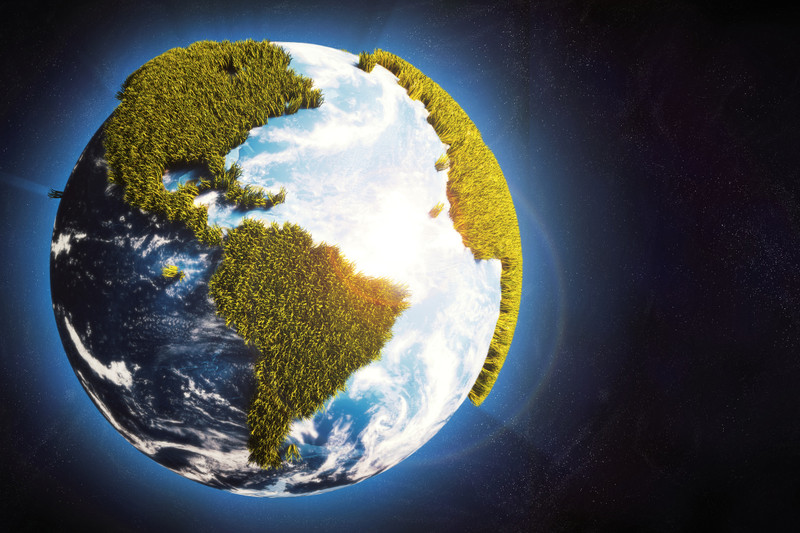6 Reasons why Natural Grass is better than Artificial
Posted by Lisa Taylor on 18th May 2023
When comparing artificial grass to natural grass, there are several factors to consider. While both have their advantages and drawbacks in terms of usage, natural grass emerges as a favourable option from an environmental perspective. Let's explore the reasons why:
Water Conservation
While natural grass requires regular watering to maintain its health, it contributes to groundwater recharge and helps prevent soil erosion. Artificial grass compacts soil and lack of water and air can cause the ground to become infertile.
Chemical-Free
By adopting organic and sustainable practices such as composting, proper mowing techniques, and natural pest control methods, you can maintain a lawn with no need for chemical fertilisers or pesticides. Artificial grass on the other hand is made up of various chemicals, including polyethylene (PE), polypropylene (PP), polyurethane (PU). latex, dyes and pigments. Rainwater alone may not be enough to clean your artificial grass, especially if you own pets, so a cleaning solution would also be required.
Carbon Sequestration
Natural grass plays a vital role in capturing carbon dioxide from the atmosphere through photosynthesis. It acts as a natural carbon sink, mitigating greenhouse gas emissions and contributing to climate change mitigation efforts. Natural grass also produces oxygen, albeit to a lesser extent than some other plants and trees.
Soil Health and Biodiversity
Natural grass promotes healthy soil ecosystems by fostering beneficial microbial activity and supporting soil structure. This, in turn, enhances nutrient cycling and water filtration capabilities mentioned earlier. Natural grass provides habitats for a wide range of insects, birds, and small mammals, contributing to biodiversity and ecological balance whereas artificial grass stops growth of all things beneficial underfoot.
Reduced Waste and Longevity
Natural grass decomposes naturally, contributing to nutrient recycling and soil fertility. With proper maintenance, natural grass has a long lifespan. Artificial grass on the other hand typically needs to be replaced after 10-20 years. What’s more, its nonbiodegradable and ends up in landfill forever more.
Our favourite - Aesthetics and Recreational Value
You just can’t beat the look and feel of natural grass! It is visually pleasing and provides a sense of tranquillity and connection with nature. It is also more comfortable and safer for recreational activities, such as sports and picnics, offering a softer surface and a better feeling underfoot!

